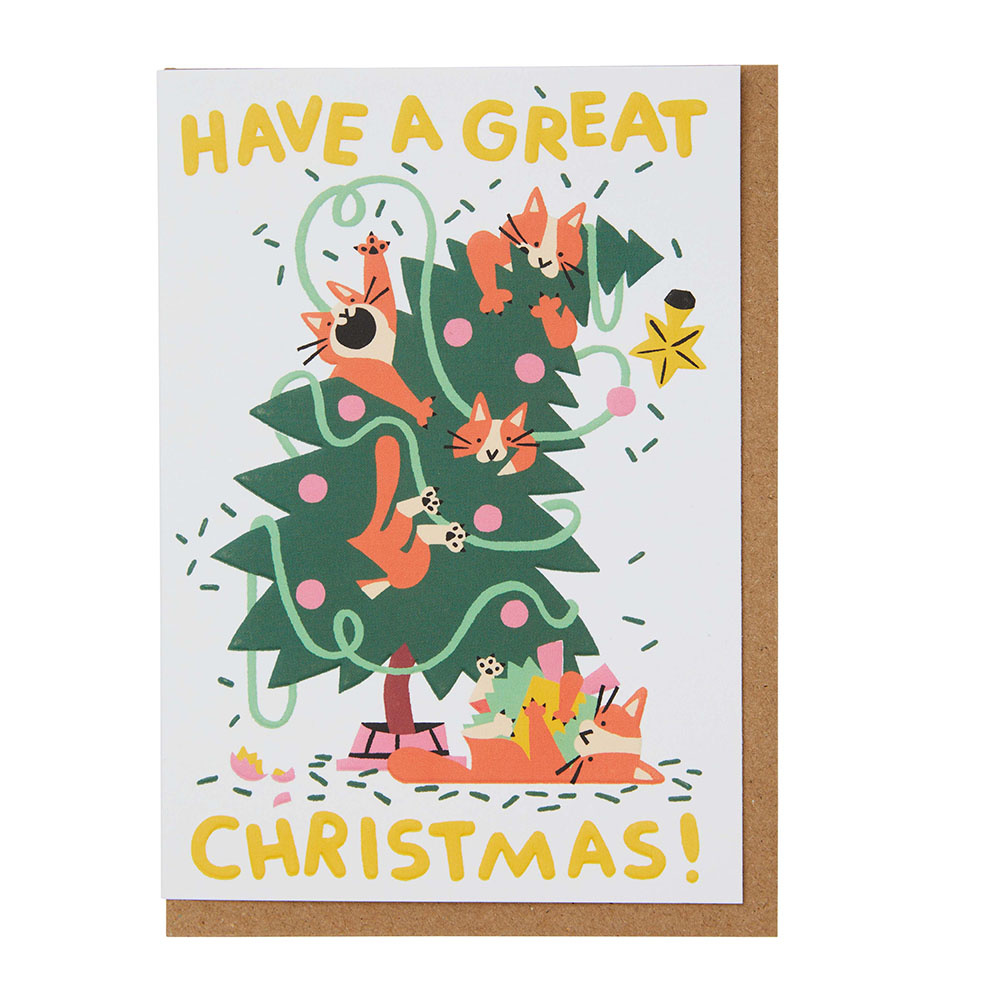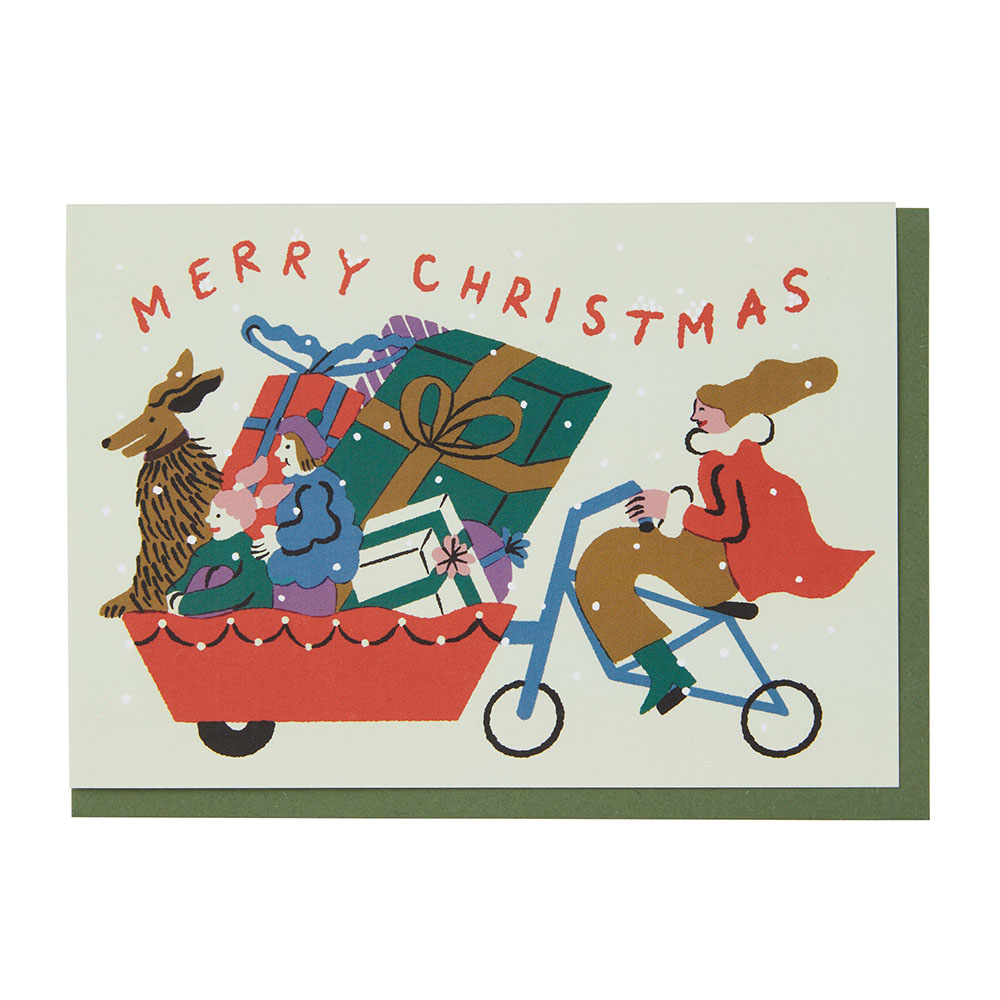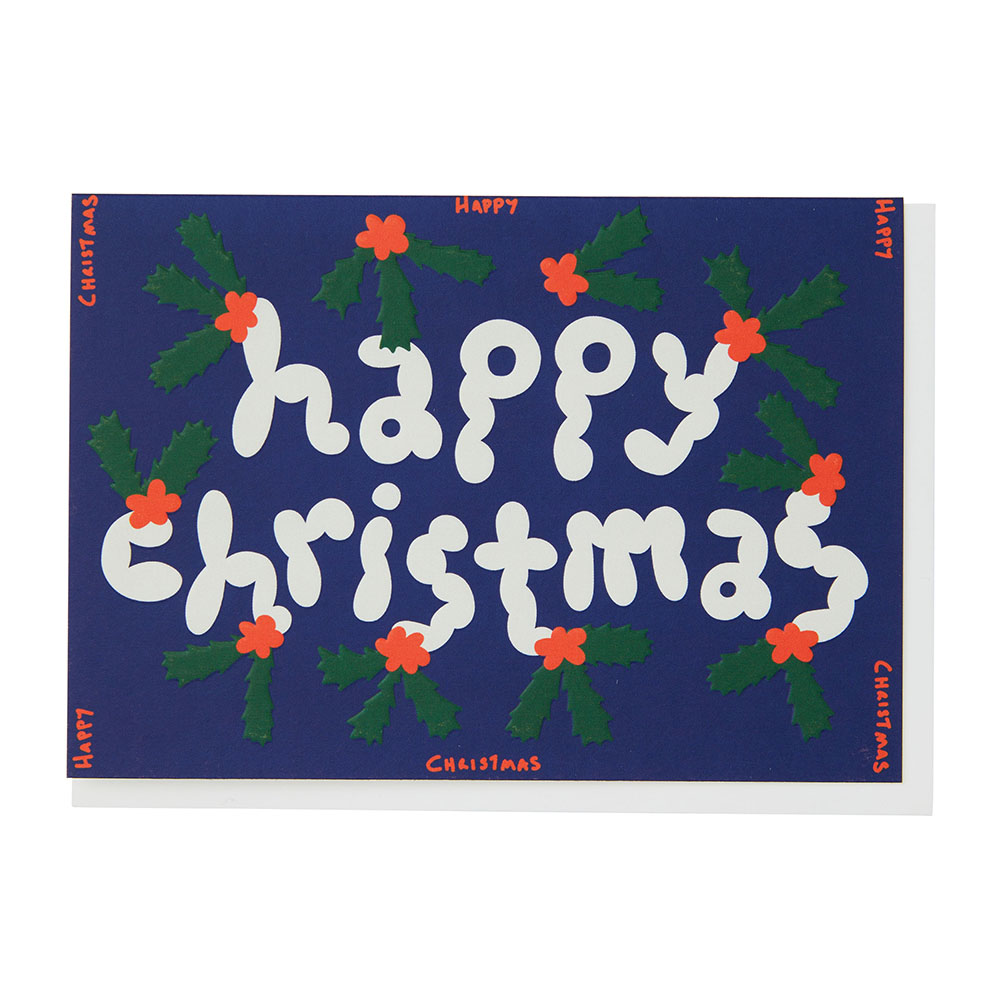The Lost Art of Writing Cards
by Philippa Mwayi
In today’s modern world, where most of us are expected to be reachable almost every moment of the day, the thought of yet another means of communication might feel overwhelming. That is perhaps why in recent years (along with an increased cost of stamps!), fewer people have been sending Christmas cards. However, there are many benefits to writing as a form of communication that texting and calling cannot deliver.
Sending and receiving a handwritten card allows us to rebuild connection and alleviates feelings of isolation and depression. Receiving a card gives us a better insight into our loved one’s feelings, and seeing their unique handwriting often makes us feel closer to them. On the other hand, writing a card is a tangible expression of our feelings. It requires us to slow down, be more intentional with how we communicate and the altruistic act of spending time on brightening someone else’s day boosts our own wellbeing.


Cards are also thoughtful and tangible keepsakes. The digitalisation of our world tricks us into believing we have more. More photos to look back on, more text exchanges to re-read and more videos to watch. But when was the last time we did any of those things? Google Drive folders, Snapchat Memories and iCloud albums seem like they’ll be with us for life, but that sadly isn’t the case. Only last year did many sentimental folks suffer a blow when Instagram permanently removed their archived stories and highlights without warning. Despite seeming bleak, this serves as a reminder that tangible memories, especially keepsakes, still matter and could be the one thing we can confidently say will be with us forever.



Christmas is a busy time for us all but taking a moment away from the chaos to find a moment of calm in writing a card, might just be the best gift of them all.








